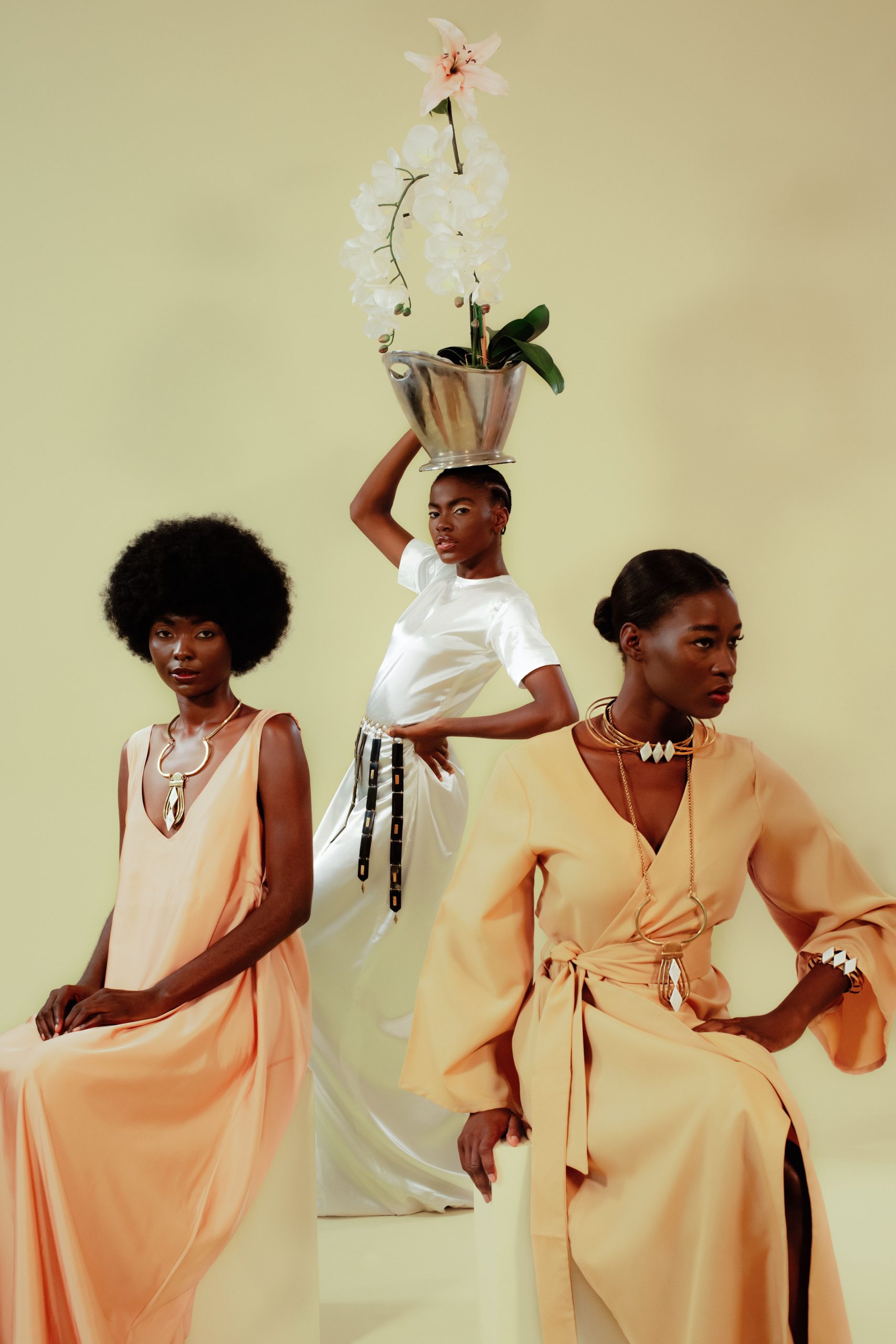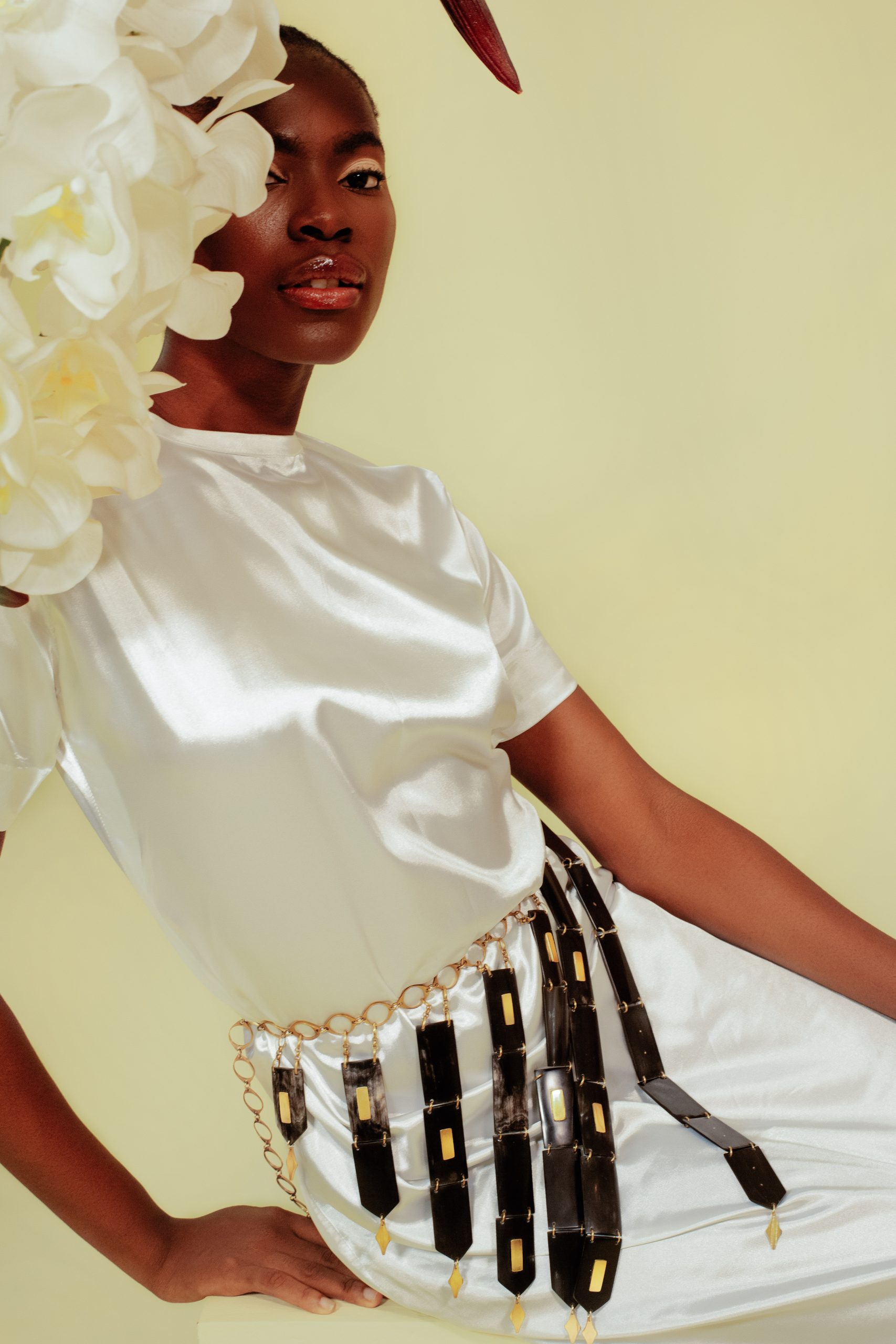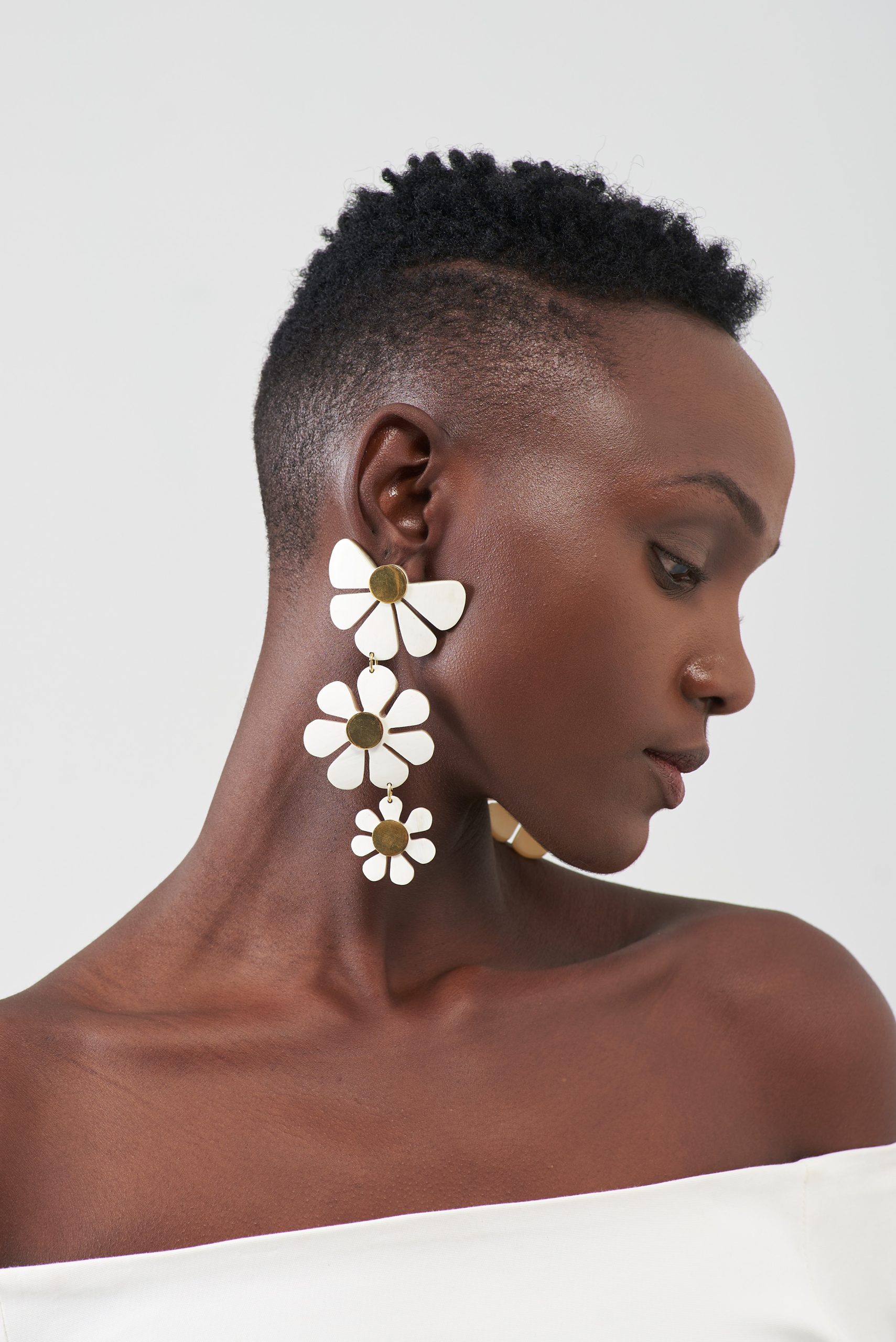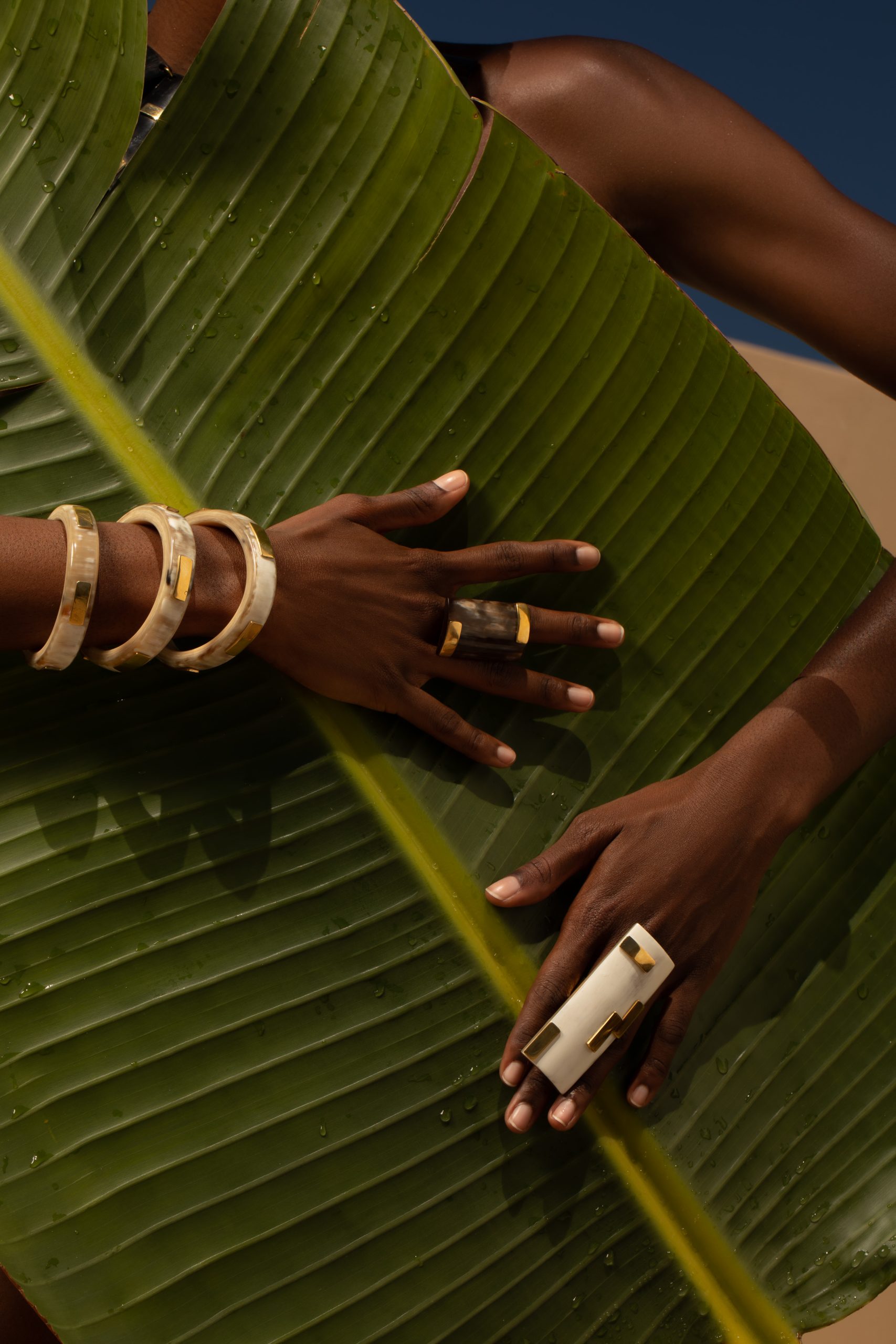Margaux Rusita was raised in the South American country of Guyana, a world away from the lush green hills and mountains of Burundi. And as far away it was from her, the country would become a place where her jewellery brand would thrive.
Rusita’s journey in fashion started when she moved to London in 2006. She was studying at the London College of Fashion while working as a personal assistant for Catherine Walker – one of Princess Diana’s most trusted designers and the woman behind some of the royal’s most iconic looks.
During her time in London, she met her Burundian husband and three years after, they moved to his home country to build her life and business there. As a “lover of history”, Rusita became fascinated with the country and the ornaments that Burundians would wear in the early 1800s. This has become a massive inspiration for the Margaux Wong jewellery brand. It was established 23 years ago and since then, has developed into one of the most prominent jewellery brands in Africa.
Bubblegum Club catches up with Margaux Rusita to talk about the Margaux Wong brand.


Lee Nxumalo: When did you first establish a love for jewellery?
Margaux Rusita: I had a love for arts and design all of my life. Jewellery came when I had been designing clothing as I was a textile artist at the beginning [of my career] and that was about 22 years ago. I would create a collection but I couldn’t find jewellery to compliment what I was making. So, I started making jewellery that I thought went well with my clothes and that’s how that started.
Lee Nxumalo: So what made you transition into jewellery completely?
Margaux Rusita: I found a lot of challenges in making textiles. I was making clothing for individuals because I couldn’t afford to do ready-to-wear so I would create a collection and clients would make an order. I found it challenging to satisfy everyone and ensure everything is well-fitted and these kinds of things took up so much time and energy. And I thought, wait a minute, am I getting what I’m investing in time and energy from these clothes? Am I seeing the benefit? I started to compare the two and it made sense to transition into jewellery because it is easy to carry and display. I can do 100 pieces of jewellery instead of 20 pieces of clothing and it makes more sense financially and for ease and comfort as a designer.
Lee Nxumalo: Could you walk me through your design process?
Margaux Rusita: When I design collections, it is usually because I have inspiration. For instance, my last collection, the ‘Joy Collection’, was inspired by and dedicated to my mom, Joy. She passed away two years ago before I started creating that collection. It was a way for me to say to her, thank you for being a great mom and for encouraging me as an artist. You know, she was also an artist herself so she understood me to my core. My dad wanted me to be a lawyer because he thought that I was too clever to be an artist but my mom thought that artists were the cleverest. She really encouraged me. A part of that collection consists of flowers because she was a lover of nature and the outdoors.
Basically, I choose a subject and then I attach characteristics of the subject, or things that remind me of that subject and then I dive into the design element. I enjoy creating an entire collection that looks like it has sister and cousin pieces. So I will make necklaces, bracelets, rings, and headbands and they will have a similar theme. I work with a collection plan and I have a spreadsheet where I put down sketches and colour palettes. I update the collection plan as we start creating in the workshop and at the end of it, we do all the marketing stuff and then I drop the collection online.



Lee Nxumalo: So I noted that pieces tend to have volume and are disproportionate in size. Why is this common in your designs?
Margaux Rusita: I love art and I consider myself an artist more than a jewellery designer. I love to put art on bodies. There’s a way that my brain works with shapes and I never like perfection or what we typically call perfection. I’ll have dimensions in mind, but they’re always an imbalance of some sort. I can’t really explain it, it’s just the way my brain works. I can look at a piece and if it is too proportionate, I’m not comfortable with it. I like to feel my jewellery when I wear it and I see it as art.
Lee Nxumalo: What do you think has been essential to your brand consistency and success since you have more than two decades down?
Margaux Rusita: I have an internal drive that’s crazy. And I think there’s also resilience. I grew up in a very tough neighbourhood and I saw a lot of difficult things and I saw a lot of people striving to get out of the ghetto. I feel like I just have an appreciation for my life and my ability to move, create and innovate. There’s relentlessness – once I’m breathing, I have to keep moving, I have to keep going because I have a vision. And until that vision is fulfilled, I’m not gonna stop. I have to thank God for that. I am a woman of faith. You know, the fashion industry can be difficult and to be able to keep growing has been a blessing. I have so many ideas and there’s always inspiration, there’s always something to sketch, and there’s always something to conquer. I love what I do. I absolutely love creating, innovating, solving problems and making the people who appreciate my work feel beautiful.























































